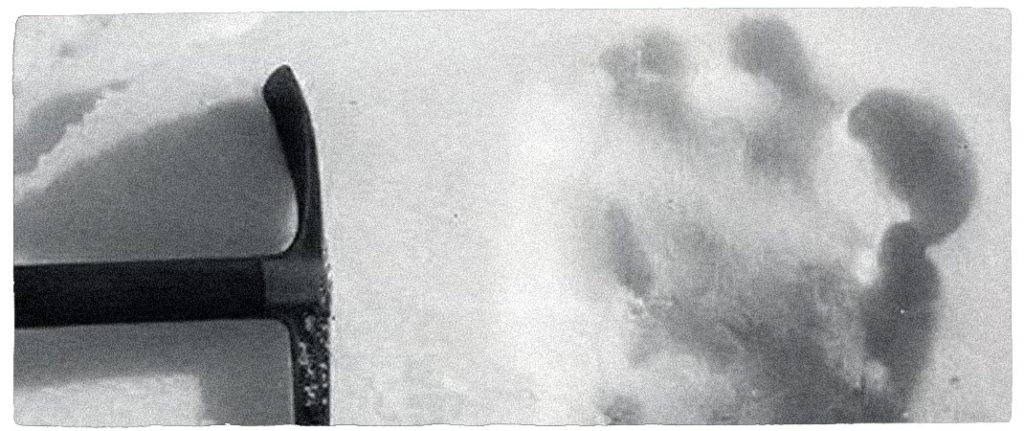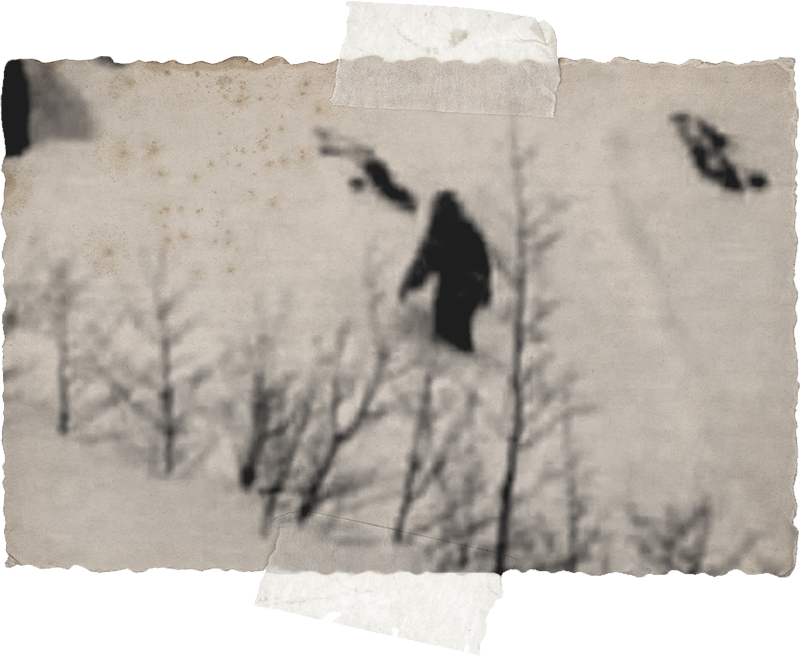The Yeti of Bhutan
1951
It was midnight in May 1951, when the internationally known climber and esteemed Adventure Club of Europe member, Richard Steinwinkler, reached a remote high plateau in the Himalayas. His expedition: The ascent of the eight-thousander Kula Kangri without flames oxygen and accompaniment. I was looking for a suitable place to rest, as I suddenly saw in the corner of my eye, a large figure disappearing behind an overhang”, as Steinwinkler describes the moment that stopped him.
![]()
Instinctively I thought immediately: The Yeti. At this time, I had certainly already traveled the High Asiatic area 10 or 15 times and in none of my visits I was able to get any credible evidence for the fact that the snowman actually exists. To be honest, I thought the idea of a Yeti was a made-up fantasy. And yet – in that moment – I knew I would not come to rest here. So, I moved quietly and carefully to the overhang, behind which I had noticed the creature. “
Steinwinkler, who had been nominated the climber of Europe the previous year, describes the moments after he had run around the overhang, as initially sobering.
Far and wide nothing was to see and slowly my pulse went down again. If in front of me a huge footprint in clay would not have appeared, I would have thought everything was just imagination.”
After taking a photograph of the footprint, Steinwinkler followed the footprints of the creature for hours, before he came to a slope and looked up to another plateau.
And then I saw him. About 50 meters away, about four meters tall, he ran around on two legs and it was difficult to identify as long as he was moving. When standing still, his silhouettte was merging with the piled-up stones on his left and right.
My only thought was, I hope he doesn’t notice me. All the curiosity, all the euphoria was suddenly gone. There was only reverent fear. With shaky fingers, I reached for my camera and took several photographs. Then I crept slowly back. This was my first and last encounter with the Yeti.
His discovery brought much ridicule to the recognized mountaineer in the following years, and the authenticity of his photographs was always doubted. Richard Steinwinkler does not understand this to this day.
I know that the Yeti exists. But I am not saying that it is the mythical creature that people have been talking about for thousands of years. Perhaps it is a completely unknown animal species. Something ape-like or bear-like. I consider it naive to think that we humans have already discovered everything that is out there.”
Four years later, on August 8, 1955, another chapter of the Yeti story was written. From a Nepali friend who wants to remain unknown, Richard Steinwinkler received an amazing gift on one of his journeys: the supposed scalp of the Yetis, salvaged from an abandoned monastery in Tibet.
I was skeptical at first, whether I should accept this gift: either the scalp was fake and I published a scam – or the scalp was real and belonged to an animal – maybe the Yeti – that might have been chased and killed. The idea that the Yeti could end up on the shooting list of poachers frightened me. Nevertheless, I decided to take the scalp and make it available to the Adventure Club of Europe.
To this day, the supposed scalp of the Yetis can be admired in the ACE’s clubhouse. In 1999 a DNA analysis of the hair resulted in the fact that the scalp cannot be assigned to any known animal species.
![]()




